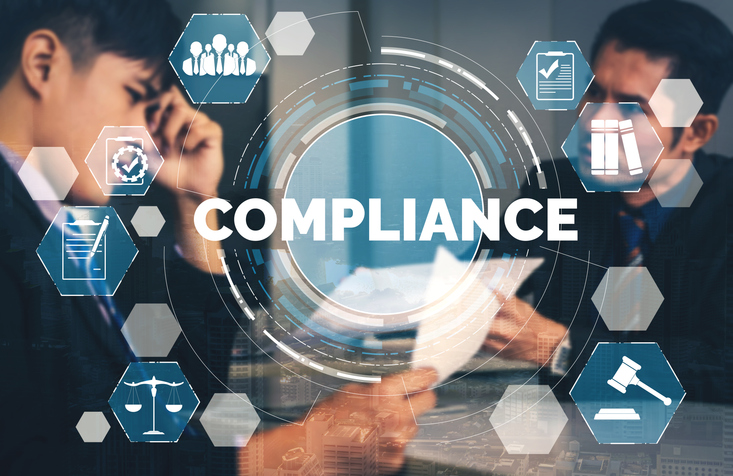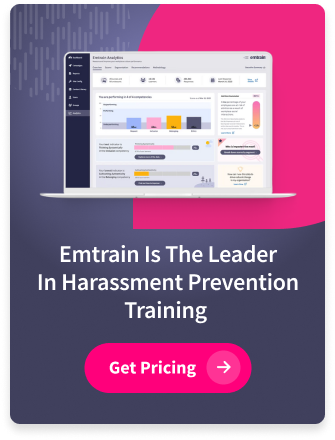If you’ve experienced workplace discrimination or harassment, you have legal rights. One of the most important protections is your ability to report that behavior to the Equal Employment Opportunity Commission (EEOC). But knowing how to file an EEOC complaint can be confusing, especially if it’s your first time dealing with these kinds of issues.
What Is an EEOC Complaint?
An EEOC complaint is a formal allegation that an employer has violated federal anti-discrimination laws. The EEOC enforces laws that protect employees and job applicants from unfair treatment based on race, color, religion, sex (including pregnancy, sexual orientation, and gender identity), national origin, age (40 or older), disability, and genetic information.
You can file an EEOC complaint if you’ve experienced:
- Workplace harassment
- Discrimination during hiring, firing, promotions, or pay
- Retaliation for reporting misconduct or participating in an investigation
- Unequal access to training, benefits, or job opportunities
Step-by-Step: How to File an EEOC Complaint
Understanding how to file an EEOC complaint starts with knowing the timeline and process. Here’s what you need to do:
1. Act Quickly
In most cases, you must file your complaint within 180 calendar days from the date the discrimination occurred. This deadline can be extended to 300 days if your state has a local fair employment practices agency.
2. Start with an Online Inquiry
Visit the EEOC Public Portal and complete an online inquiry. This step helps determine if your situation falls under the laws the EEOC enforces. From there, you can schedule an interview with an EEOC representative.
3. Prepare for the Intake Interview
During the interview, an EEOC staff member will ask you questions about your experience. Be ready to provide:
- A detailed timeline of events
- Names of people involved
- Copies of relevant emails, messages, or documentation
- Any steps you took internally, such as reporting to HR
4. File a Charge of Discrimination
If the EEOC determines your situation qualifies under federal law, they will help you prepare a Charge of Discrimination. Once filed, your employer will be notified and an investigation may begin.
5. Cooperate with the Investigation
The EEOC may request additional documents, interview witnesses, or offer mediation to resolve the issue. You are not required to accept a settlement — and if mediation fails, the EEOC will continue investigating.
What Happens After You File?
After filing a complaint, several outcomes are possible:
- Mediation or settlement
- Dismissal if the EEOC does not find a violation
- Right-to-sue letter, allowing you to pursue your claim in court
- Formal legal action by the EEOC on your behalf in rare cases
Most importantly, it is illegal for your employer to retaliate against you for filing a complaint or participating in an investigation. Retaliation is a separate form of discrimination and can lead to further legal consequences.
Tips to Protect Yourself When Filing
Filing a complaint can feel overwhelming, especially if you’re still working for the employer in question. Here are a few tips to help:
- Keep copies of everything you submit to or receive from the EEOC
- Document any new behavior that may suggest retaliation
- Stay professional and avoid confrontations at work
- Seek legal advice if you’re unsure about your rights
Conclusion
Knowing how to file an EEOC complaint gives employees a powerful tool for holding organizations accountable. Whether you’ve experienced harassment, bias, or retaliation, the EEOC exists to enforce your rights and ensure fair treatment at work.
Creating respectful workplaces starts with understanding the systems in place to support employees. At Emtrain, we believe that education, strong policies, and cultural awareness are key to preventing discrimination before it happens. But when issues do arise, knowing your rights is essential.








